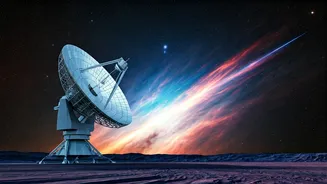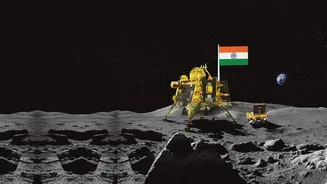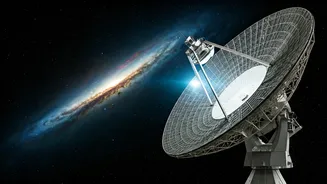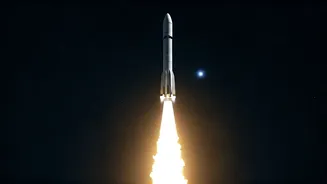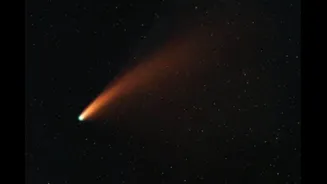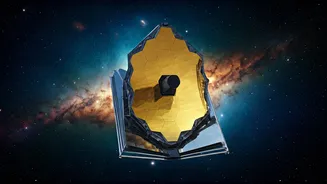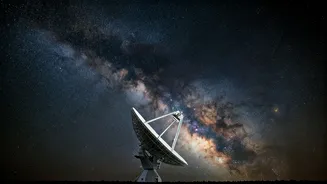Decoding Cosmic Signals
The interstellar object 3I/ATLAS, a celestial body journeying between stars, has long puzzled astronomers. Its unusual nature sparked intense investigation,
with scientists eager to uncover its secrets. Until recently, observations were limited, leaving its origins shrouded in mystery. The detection of a radio signal marked a pivotal moment, presenting an unprecedented opportunity to peer into the object's core. This new form of analysis provides insights not accessible through traditional observation methods. Radio signals provide a unique perspective. They are sensitive to a broader spectrum of conditions and allow researchers to uncover details about the object's composition and activity that would otherwise remain hidden. This breakthrough opens new avenues for studying interstellar objects and understanding the diverse materials floating in space.
Unmasking Origins
The radio signal detection serves as a pivotal achievement in astronomical research. The initial findings suggest that the signal has potential links to the object's formation and the interstellar environment through which it traverses. Scientists believe this detection could reveal the mechanisms by which 3I/ATLAS came to be. Moreover, the signal may contain information about its interaction with the interstellar medium. The ability to directly observe radio emissions is a significant improvement over previous observation methods, which relied on the reflection of sunlight. By analyzing the radio signal, researchers aim to determine the object's elemental makeup and any processes occurring within or on its surface. This is analogous to how geologists study the structure of Earth through seismic waves. The radio signal acts as an echo from across the vast interstellar distance, providing a glimpse into the object's history.
Implications for Future
This discovery of a radio signal is just the initial stage of comprehensive research on interstellar objects. Further analysis of the detected signal could yield detailed information about the environment where it originated. This exploration might encompass a wide range of topics, including the presence of organic molecules or evidence of past collisions. With more advanced instruments and data analysis techniques, scientists hope to produce increasingly detailed maps of these objects and how they move through space. The implications extend beyond just astronomy, as these objects may carry clues about the formation of planetary systems, including our own. The ongoing study of objects like 3I/ATLAS is important for our understanding of the broader universe and the dynamics of space and will continue to shape our knowledge of the cosmos. Astronomers are now actively seeking more interstellar objects.
